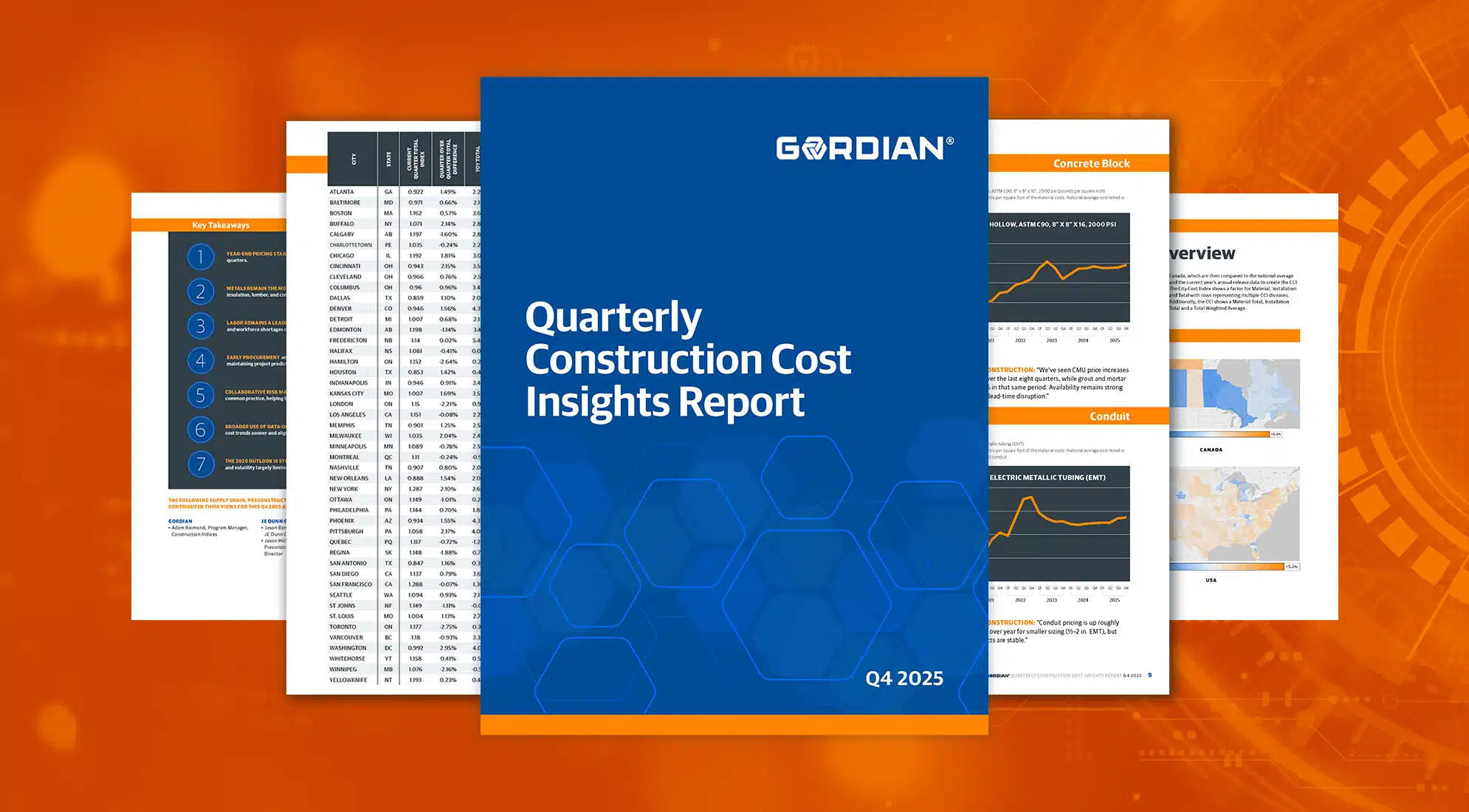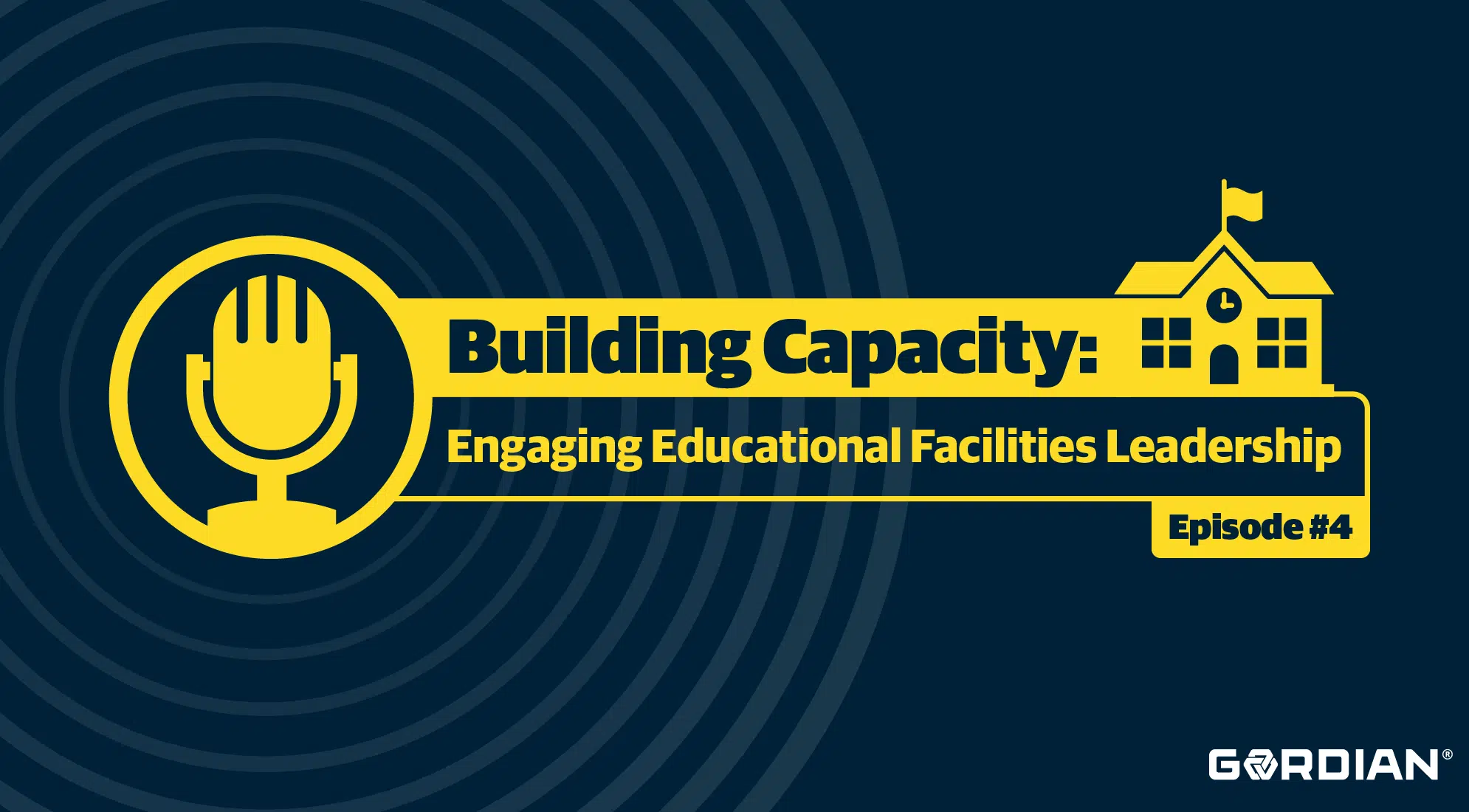To be successful, construction procurement in healthcare settings must be centered around keeping facilities running smoothly, supporting clinical teams and ultimately improving patient care. And with everything healthcare leaders are juggling — aging infrastructure, rising costs, staffing shortages and increasingly high patient expectations — procurement has become a critical part of the conversation.
As we look toward 2026, the pressure is on making smarter, faster and more strategic procurement decisions. The landscape is shifting quickly, and staying ahead means understanding the trends shaping the future of healthcare procurement.
Procurement Pressures: What Healthcare Leaders Are Facing Right Now
Budget Volatility
Let’s face it — budget planning in healthcare has never been easy, and 2025 didn’t make it any simpler. Between fluctuating reimbursement rates, unpredictable patient volumes and inflation, procurement teams are being asked to stretch every dollar. Leaders are looking for ways to make purchasing more predictable and less reactive.
Supply Chain Disruption
Global supply chains are still feeling the ripple effects of the past few years. Inflation, trade policy changes and regulatory uncertainty are forcing healthcare organizations to rethink how they source materials and services. Procurement teams are prioritizing resilience — diversifying suppliers, building local partnerships and planning for the unexpected.
Digital Transformation
Technology is changing the game. AI, robotics and data analytics are helping healthcare systems automate purchasing, manage vendors more efficiently and forecast needs with greater accuracy. In the U.S., digital tools are becoming essential for streamlining procurement workflows and reducing administrative overhead.
Sustainability and Value-Based Care
Procurement is playing a bigger role in supporting sustainability and value-based care. There’s a growing push for durable, energy-efficient solutions that improve patient outcomes and reduce long-term costs. Whether it’s modular construction or eco-friendly equipment, healthcare leaders are looking for investments that deliver value beyond the bottom line.
Overcoming Future Challenges in 2026: Why Job Order Contracting (JOC) is a Proven Solution
To meet the growing demand for agile, cost-effective construction solutions, many healthcare organizations are turning to Job Order Contracting (JOC) — a procurement method designed for speed and scalability.
JOC is a type of Indefinite Delivery, Indefinite Quantity (IDIQ) contract that enables healthcare systems to complete multiple, routine construction and renovation projects under a single, competitively awarded agreement. Instead of initiating a new bid process for each project, JOC allows facilities to quickly launch work orders using pre-established pricing and scopes.
This streamlined approach offers several key advantages:
- Faster Project Delivery: With procurement already in place, projects can begin almost immediately — ideal for urgent repairs, upgrades or compliance-driven renovations.
- Cost Predictability: JOC contracts are built on unit pricing and standardized tasks, providing transparency and control over budgets.
- Operational Continuity: Healthcare environments demand minimal disruption. JOC enables phased work and flexible scheduling to maintain patient care during construction.
- Scalability: Whether upgrading a single wing or executing multiple facility improvements across a network, JOC adapts to evolving needs without requiring new contracts.
By leveraging JOC, healthcare organizations can respond to challenges with confidence — delivering high-quality construction outcomes while staying on time and within budget.
Curious if JOC could work for your next project? Gordian’s JOC Calculator makes it easy to find out. Get a quick assessment of project suitability. Discover if JOC is right for your next project — try the calculator today
Building Smarter Healthcare Facilities in 2026 and Beyond With Gordian
As healthcare organizations prepare for 2026, procurement will continue to play a vital role in shaping the future of care. From managing costs and timelines to supporting sustainability and compliance, smart procurement strategies are key to building better facilities and delivering better outcomes.
Gordian is here to help. With proven solutions like Job Order Contracting, backed by decades of experience and industry-leading data, we are a trusted partner for healthcare leaders nationwide.
Watch the new JOC for Healthcare video and use our JOC calculator to take the next step toward smarter, faster and more reliable healthcare construction procurement.






